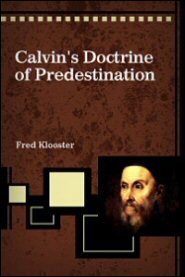The Twombly line of cases emphasizes the importance of detail in pleading. In the insurance context, however, too much detail can defeat coverage. In State Farm v. Moseley, the Fifth Circuit affirmed a summary judgment for an automobile insurer as to the duty to indemnify, concluding that a “volunteer driver” for a healthcare provider fell within the policy’s “for a charge” exclusion. The driver received compensation that, while focused on reimbursement for expenses, could yield profit depending on the route taken and the number of passengers. As to the duty to defend, however, the Court reversed, finding that the following pleading did not unambiguously trigger the exclusion, as it did not allege that “(1) [Plaintiff] gave [Defendant] any payment for transporting her; (2) [Defendant] was operating a taxi service; or (3) the specific amount of compensation [Defendant] received for transporting [Plaintiff]”:
“11. Upon information and belief, Defendant Elizabeth W. Mosley, owned, operated, and controlled, or in the alternative, was doing business as Mosley’s Transportation. Upon information and belief, the Defendant, Elizabeth W. [Mosley], owned, operated, and controlled, or in the alter- native, was doing business as LogistiCare of MS. Further, upon infor- mation and belief, the Defendant, Elizabeth W. Mosley . . . is in the business of transporting patients to and from their medical treatment facilities.
12. The Defendant, LogistiCare Solutions, LLC, in the regular course of business, operates and maintains a non-emergency medical transportation services business . . . .
13. That on or about March 19, 2010, the Deceased, Pearlie Graham, was being transported by the Defendant, Elizabeth W. Mosley, and riding as a guest passenger in a vehicle being driven and operated by the Defendant, Elizabeth W. Mosley, Individually and d/b/a Mosley’s Transportation and/or d/b/a LogistiCare of MS, or in the alternative, [] was acting in furtherance of and within the course and scope of her employment with Defendant, LogistiCare Solutions, LLC . . . . “
















 In
In 






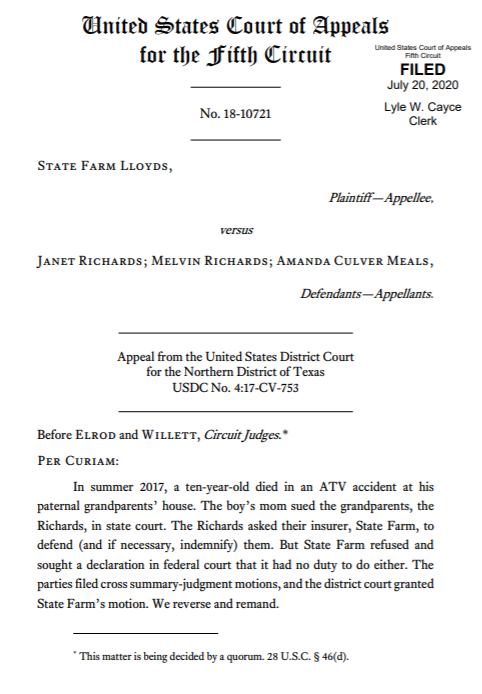

















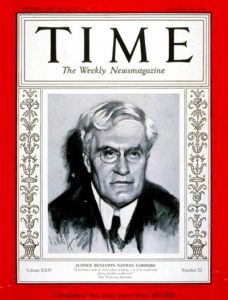









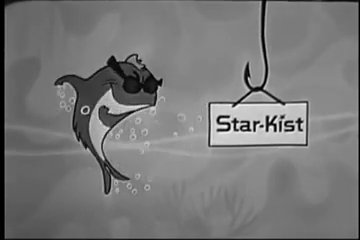

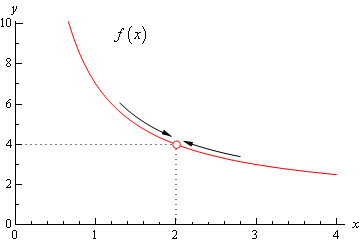












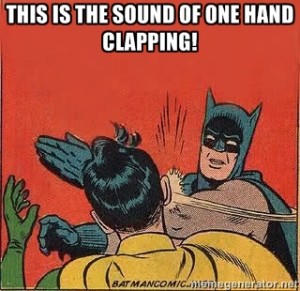


 sed in Texas case law that we have seen.” The endorsement dealt with personal property. The district court granted summary judgment for the insured, concluding that the “actual cash value” described in the endorsement could not be proved with the insured’s affidavit about replacement cost. The Fifth Circuit disagreed and reversed, noting that the Texas Supreme Court has acknowledged that “personal effects have ‘no market value in the ordinary meaning of that term,'” meaning that “[t]he trier of facts may consider original cost and cost of replacement,” among other evidence. No. 14-51301 (Jan. 28, 2016, unpublished).
sed in Texas case law that we have seen.” The endorsement dealt with personal property. The district court granted summary judgment for the insured, concluding that the “actual cash value” described in the endorsement could not be proved with the insured’s affidavit about replacement cost. The Fifth Circuit disagreed and reversed, noting that the Texas Supreme Court has acknowledged that “personal effects have ‘no market value in the ordinary meaning of that term,'” meaning that “[t]he trier of facts may consider original cost and cost of replacement,” among other evidence. No. 14-51301 (Jan. 28, 2016, unpublished).






